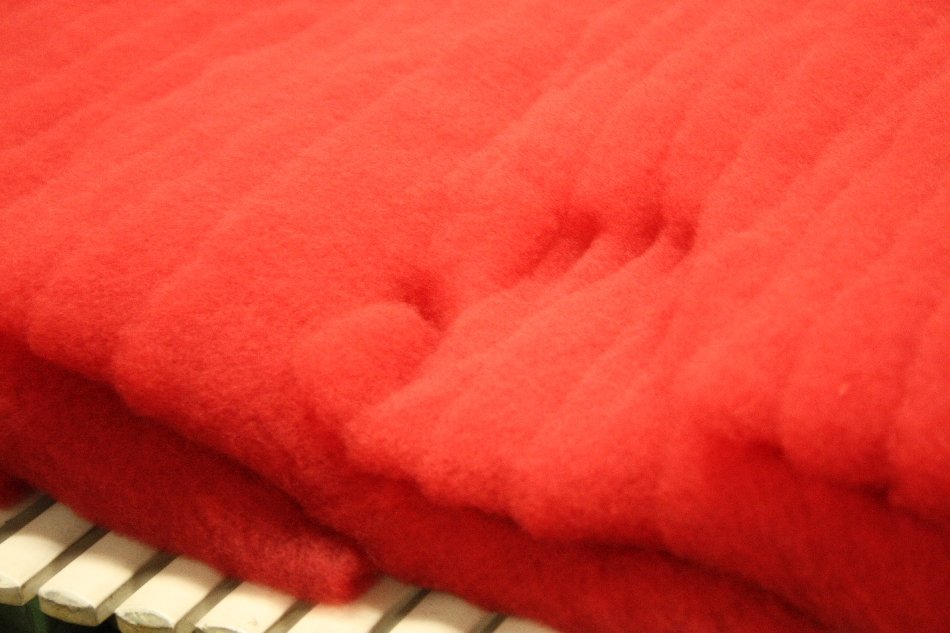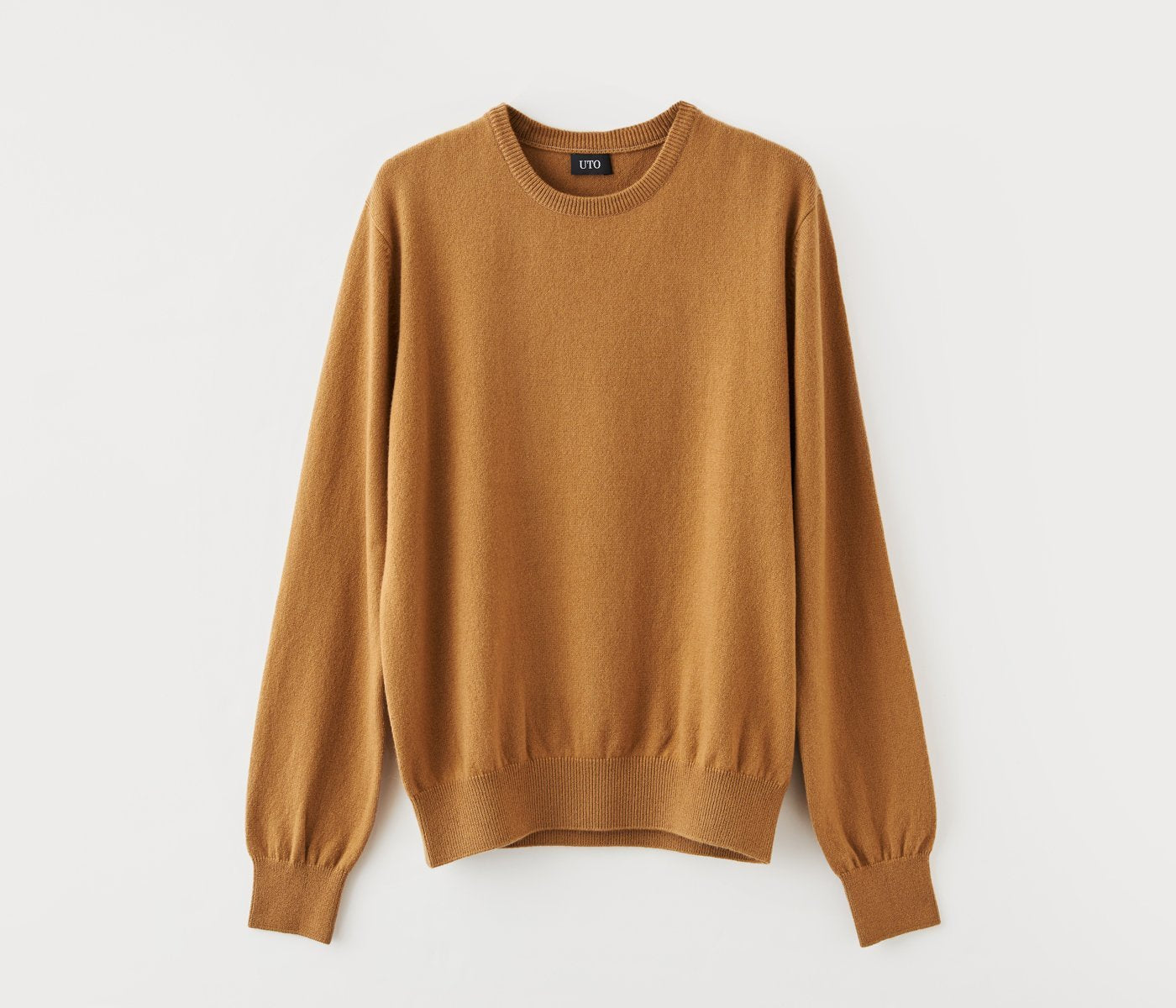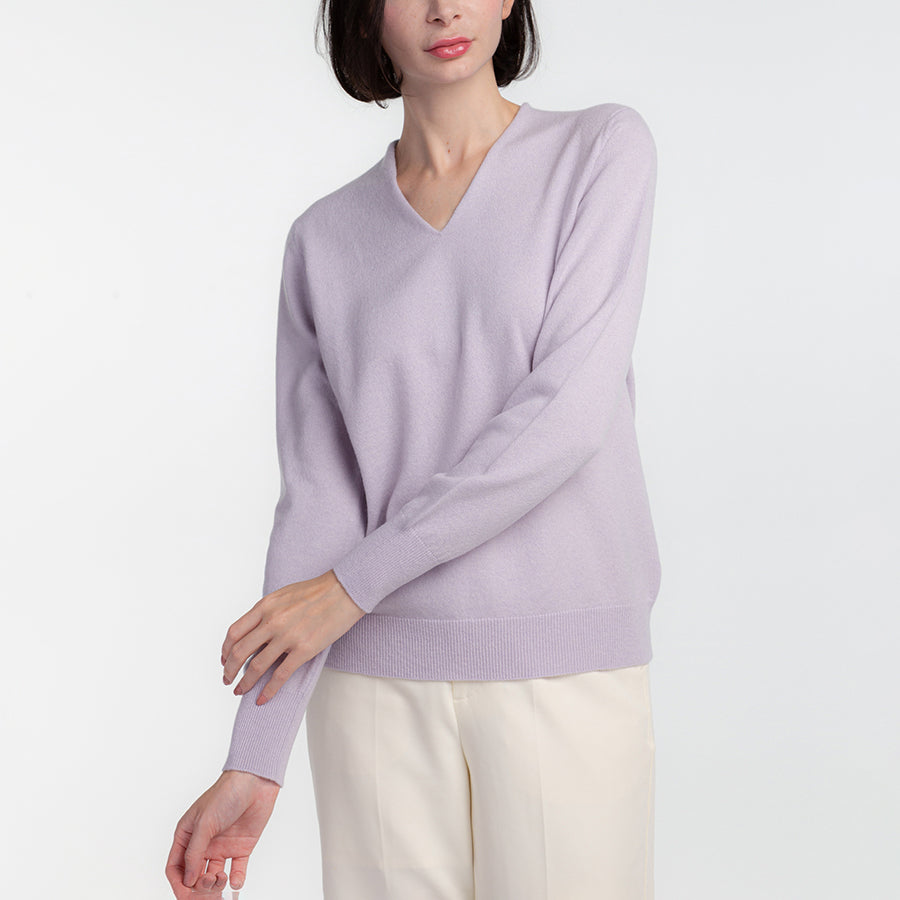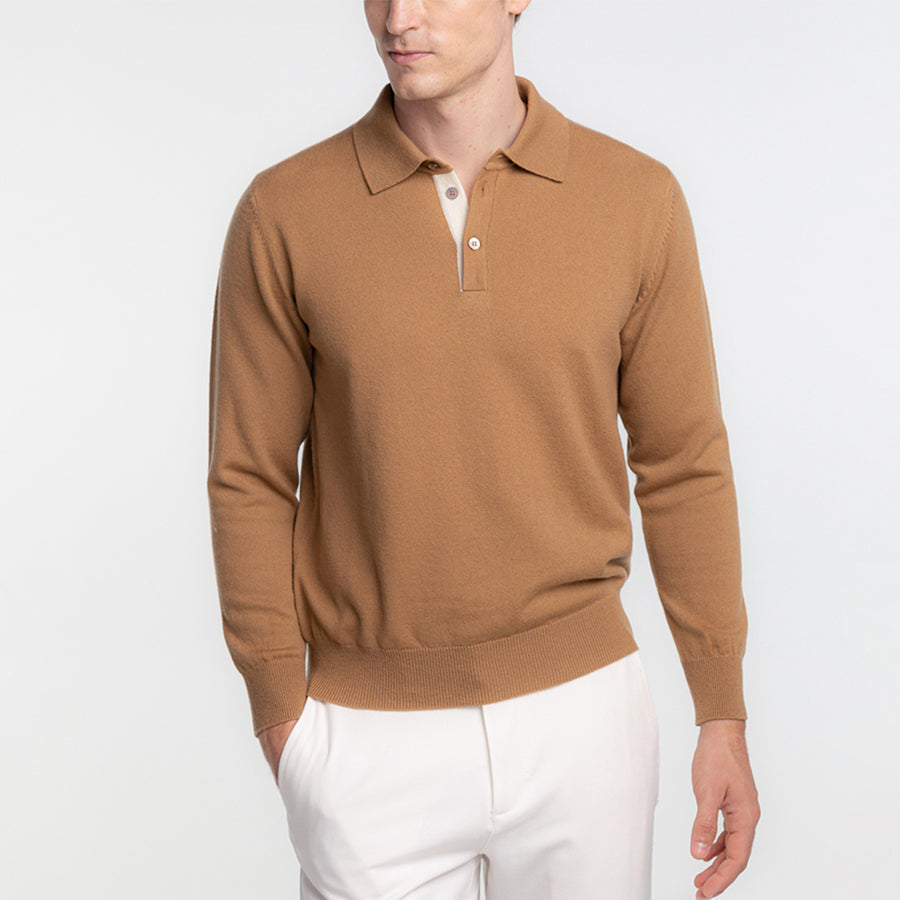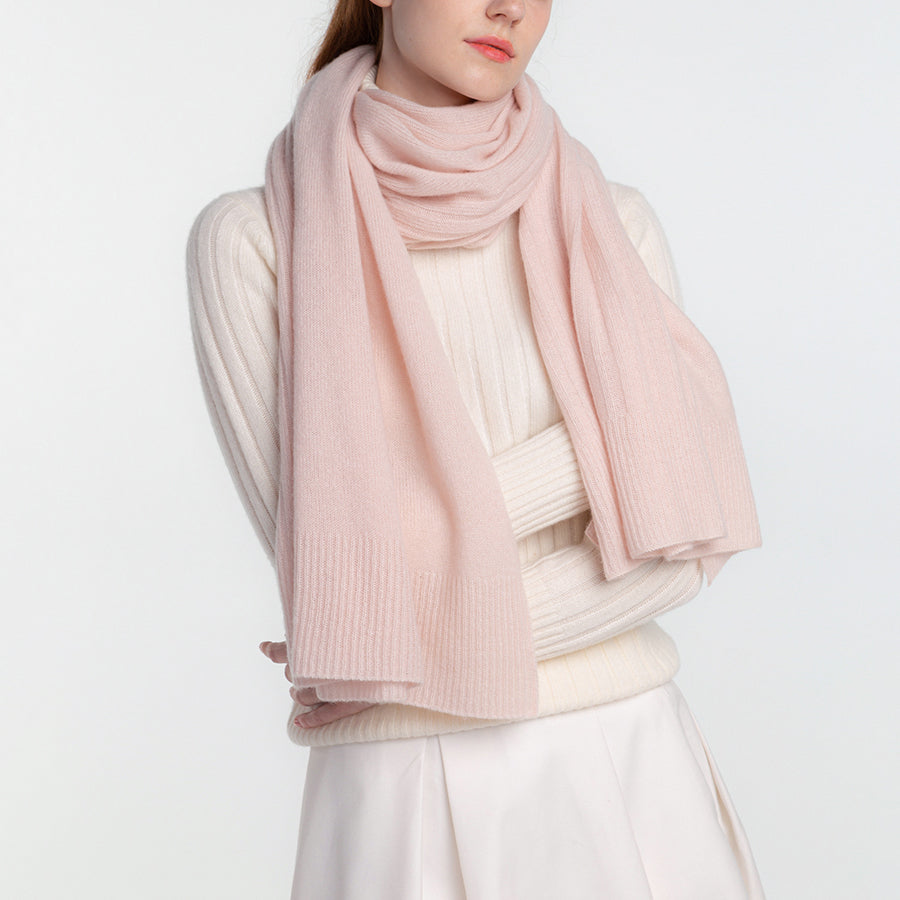The story of fulled carpet - Cashmere is the ugly duckling
Cashmere is a typical material for knits, and with its fluffy, light and soft texture, you can tell the difference from other materials just by holding it in your hands.
When you look at the cashmere thread we have at our store and say, ``Hmm, is this cashmere thread?'' when you pick it up, you're like, ``Huh? Is this that cashmere thread?'' ! ? ! ”, most people are surprised.
It's hard to imagine that it's made from soft cashmere, but a newly knitted cashmere sweater feels rough to the touch, so it's no wonder.

(Left) Before fulling (Right) After fulling
On the left side (before fulling), the stitches are so loose that the white background is visible, but on the right side, the stitches are tight.
Even if it gets clogged, it doesn't mean it's hard, but it's soft and fluffy.
Transform yourself with fulled carpet!
Once the cashmere sweater is knitted, it undergoes a process called "fluffing."
This crimp is a very important process for materials called woolen wool, such as cashmere.
To put it bluntly, the method is to wash the sweater. In addition to water, this requires knowledge, advanced technology, and skill.
As water passes through the threads during washing, they are spun, and the soft hair twisted inside stands out on the surface.
At that time, some shrinkage will occur . Therefore, when knitting a cashmere sweater, you have to knit a larger one based on the finished dimensions. It is difficult to time this shrinkage.
Therefore, before we start knitting the actual sweater, we test knit a certain size fabric using yarn from the same lot, shrink it, calculate the degree of shrinkage, and decide on the dimensions to knit before moving on to the actual sweater.

↑Calculate the shrinkage and knit it a little larger.
Fluffing affects the texture of cashmere
The texture and dimensions change completely depending on how light or strong the fullness is, and the strength of the original yarn twist also makes a difference. Of course, the tightness of the knitted fabric also makes a big difference.
``To make a cashmere sweater with this texture, you need this amount of fulling. To do this, you need to know what percentage of shrinkage will occur if you knit this fabric with this thread, so knit it to this width.

↑We are designing knitting to achieve the desired texture and size while taking shrinkage into account.It is very difficult compared to textile patterns, and is a result of experience.
Strictly speaking, it also depends on the weather at the time of knitting. Rainy days, sunny dry days, cold winter days.
It is especially sensitive to humidity, so I adjust it as I knit. Skilled craftsmen and programmers work while adjusting the indoor temperature and humidity depending on the weather that day.
People who are skilled in a variety of conditions seem to be able to tell whether the knitting machine is "light today" or "heavy" just by moving the knitting machine a few times.

Also, each person has their own preferences regarding the texture and softness of the finished product.
In general, people in the UK prefer cashmere, which is a tightly knitted fabric that becomes softer as you wear it, while people in Japan and Italy seem to prefer something that feels as soft as cashmere to the touch.
More fluffy with “natural drying”
Dry the shrunken cashmere. Nowadays, most items are dried quickly using a dryer, but all UTO items are dried naturally .
Natural drying takes time and effort, but I think it is the gentlest method for cashmere.
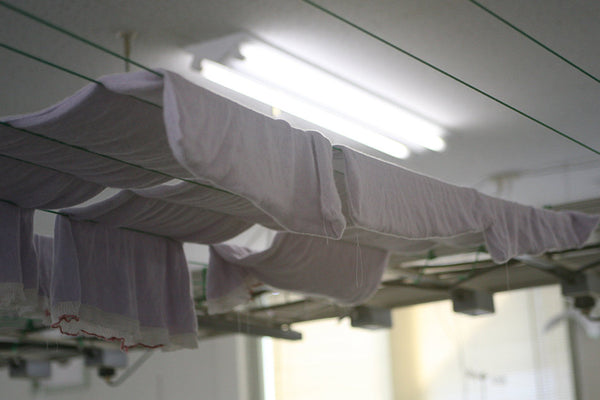
When it dries, it becomes that fluffy cashmere sweater that is completely different from the rough texture of previous sweaters. It's like a rugged duckling growing into a graceful swan.

In this way, cashmere is a fuzzy material that requires experience, sensitivity, and sense.
It's a rewarding, interesting and fun world.

